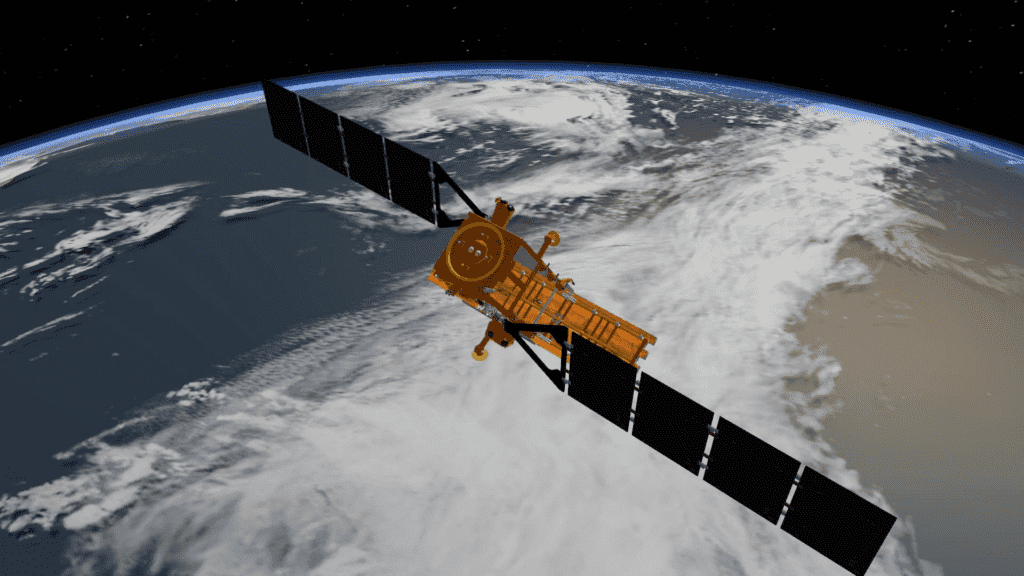SpaceX, an aerospace manufacturer, successfully held static fire test of the Falcon 9 rocket. The purpose of this test is to launch the Italian CSG-2 earth observation satellite. The test was successful, and the company plans to actually launch at 18:11 pm EDT on Thursday, January 27th. The launch will take place directly from the US space station at Cape Canaveral.
This is one of the few cases in history when a European country uses a non-European missile.
The launch is an unprecedented step in recent history. After all, it is unusual to see a member state of the European Space Agency (ESA) launch a spacecraft on a non-European rocket. However, SpaceX is one of the hottest companies in recent times. In fact, the Ariane and Vega rockets that ESA helped finance and European countries helped build are no longer able to consistently compete with SpaceX's Falcon. Elon Musk's company is far ahead in terms of pricing.
Arianespace and ESA are increasingly seeking multi-year political mandates that force Member States to agree to launch all possible payloads on Ariane, Vega or Soyuz rockets. However, Italy has had several unsuccessful Vega launches. As a result, he switched to the new Vega C standard. However, this led to numerous delays. Instead of postponing the mission perhaps for another year. The company is considering SpaceX as the main alternative to CSG-2.
The new Italian satellite CSG-2 was designed to observe the Earth's surface from different angles using a technology known as scanning aperture radar (SAR). The satellite weighs about 2200 kg and moves in a circular polar orbit, which is located at an altitude of about 620 kilometers above the surface of the planet. The project was originally designed to be launched on an Italian-made Vega C rocket. The design of the rocket provides for the launch of 2300 kg into low Earth orbit. However, it will now launch from SpaceX's Falcon 9, which is much larger and more powerful.
SpaceX deal was probably more profitable for Italy than using Vega rockets
A few years ago, launching a Falcon 9 with a flight-tested booster cost about US$50 million for at least 12 tons to LEO (low earth orbit). The Vega C is designed to launch 2,3 tons to LEO for about $40 million, according to manufacturer Avio. SpaceX recently charged NASA $50 to launch the IXPE X-ray Observatory. The process was carried out using an unmanned craft landing on the mission's Falcon 9 booster. Therefore, it is possible that Italy is paying the company less than $50 million to launch the CSG-2. The launch is easy enough, and it also heads into a simple enough orbit that allows the Falcon 9 booster to return to earth for recovery. So SpaceX could end up saving some money instead of losing a rocket in the process.

SpaceX CEO Elon Musk says landing an unmanned spacecraft is difficult. In addition, restoring the booster at sea greatly increases the cost of any Falcon launch that requires it. The simple process involving Italian CSG-2 probably makes it a more viable choice than Vega C.
CSG-2 should be launched just 15 minutes after sunset. This means there will be a dark blue twilight sky when the Falcon 9 takes off and enters the sunlight. Of course, it depends on the condition of the clouds. Stay tuned for news about the launch on January 27th.
Source / VIA:



